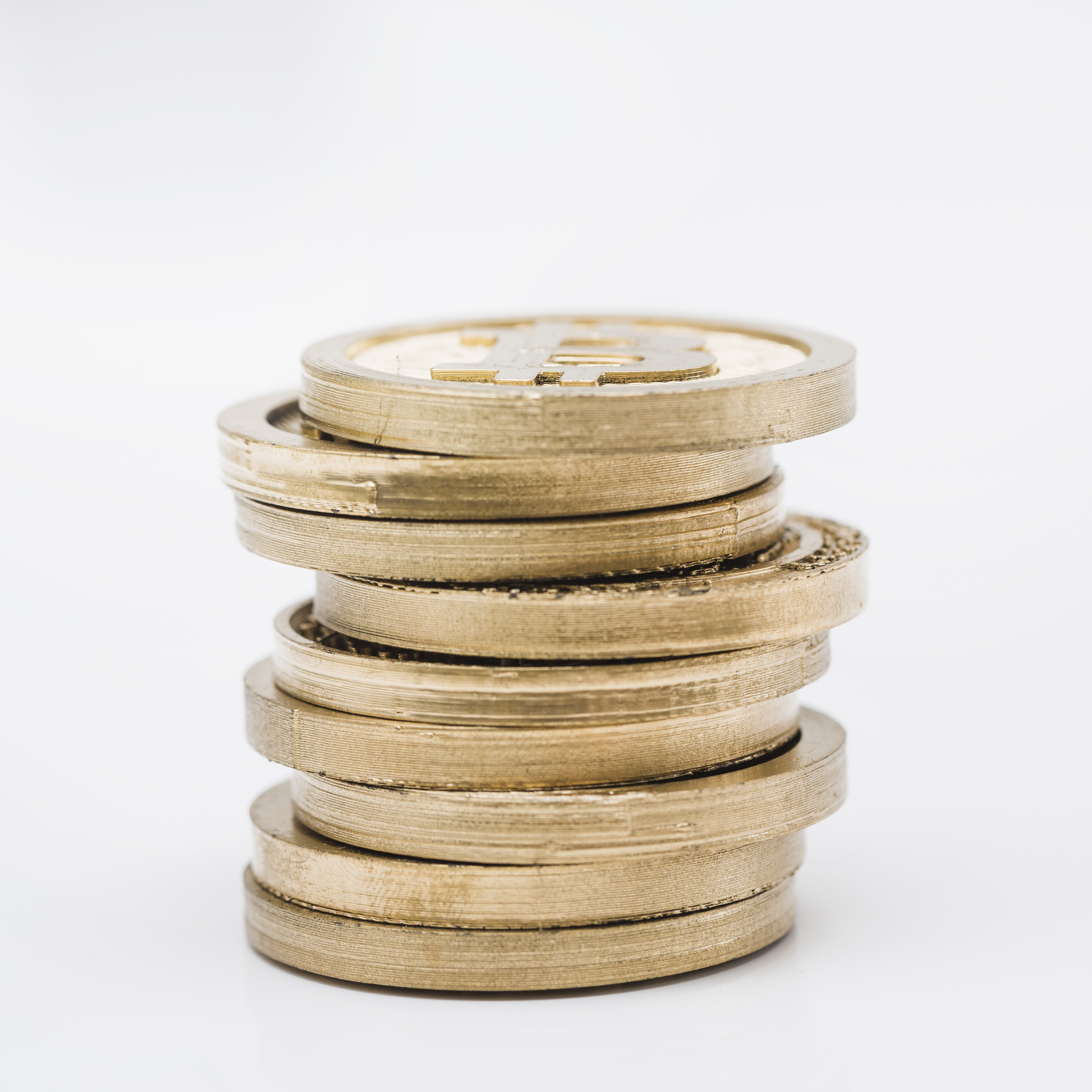Crypto: why so cryptic?
Jan 13, 2020, by Gemma Doswell

Blockchain
Cryptocurrency
Digital Currency
It’s been over a decade since Satoshi Nakamoto released his anonymous whitepaper for Bitcoin. Since then, the cryptocurrency space has been on a fast and furious journey: from the (at the time of writing) £64 million pizza order to the £15,000 BTC bubble to the hundreds of modern and innovative use cases we have today.
The industry’s potential for disruption is unquestionable, but whilst the asset remains unregulated, widespread understanding of crypto is low.
At Paybase, we pride ourselves on supporting cryptocurrency businesses and making their fiat transactions smooth and secure. We believe that education is an important step towards opening the industry for more mainstream use so, let’s start from the beginning - what is crypto, how does it work and what’s all the fuss about?
First things first…
Before we get into the gritty details, here is a quick glance at the journey of cryptocurrency from 2008 to today.
What is crypto
Cryptocurrencies are digital currencies. In the simplest terms, they are similar to traditional (fiat) currencies like pounds, euros or dollars but they exist only digitally and are not backed by government. They are instead decentralised. Fiat money is furthermore characterised by central banks defining monetary policy whereas crypto typically has a predefined monetary policy that is enforced by the network. The first and most famous digital currency was Bitcoin (BTC). At the time of writing, 1 BTC is worth £6403.57.
One of the main differences between cryptocurrencies and fiat currencies is that crypto (for the most part) is decentralised. This is part of the reason that regulation has been an obstacle - government issues and controls the production of fiat but cryptocurrency was intended to be more democratic. It is therefore managed and secured as such by an open network of computers on each blockchain.
The value of cryptocurrency, as with most currencies, is based on supply and demand. This is part of the reason for its volatility. Bitcoin, in particular, is often characterised by its value fluctuations. Investopedia explained, “Bitcoin is capable of volatility in the form of 10x changes in price versus the U.S. dollar, in a relatively short period of time.” There are two main causes for this:
There is a finite number of bitcoins
Geopolitical events and headlines that cause panic or hype
Popular digital currencies
To date, there are over 2000 cryptocurrencies and tokens. Not all of these are live but it demonstrates the fast growth of the industry in just over a decade.
Currently, the top digital currencies are:
How is crypto produced?
To create a cryptocurrency (as opposed to a token - which we will cover later in this blog series), you need to build a blockchain on which the crypto can be recorded. Blockchain technology was created to support cryptocurrency transactions. The first blockchain was the Bitcoin blockchain which was created by the anonymous Satoshi Nakamoto in 2008. We’ll briefly explain how the Bitcoin blockchain works below but be aware that there are many many blockchains all built with different mechanics (e.g. Ripple or Ethereum).
Bitcoins can either be bought from a seller or mined - and this is where it gets complicated. Cryptocurrency mining “is the process of validating other people’s transactions with a computer and then adding them to the long, public list of all transactions known as the blockchain.” Anyone can be a miner. As a bounty for validating transactions, miners are rewarded with newly-created crypto; however, mining is no small feat.
Mining requires a huge amount of time, knowledge and computing power. Finance resource, The Balance reported that Bitcoin mining alone takes up 1% of the entire world’s energy consumption! There are five main steps to Bitcoin mining:
Crypto at Paybase
At Paybase, we offer an end-to-end payments solution to cryptocurrency businesses, enabling smooth, speedy and secure fiat-crypto interoperability as well as full regulatory cover. We recognise the industry’s disruptive potential and have embraced what it has to offer. If you are a cryptocurrency business or exchange looking for a payments provider, get in touch today to find out how we can help you grow your business. Or if you want to know more about Paybase, scroll below to sign up to our mailing list for the latest industry news, events and Paybase updates.


